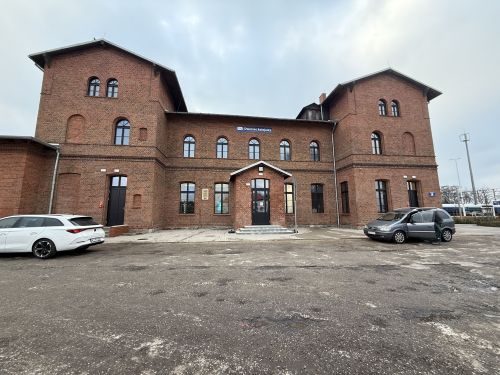The office leasing market may not have suffered quite as badly under the impact of the pandemic as some of the other real estate sectors we cover in this publication, but it has certainly taken a hit, with the postponement of many decisions over relocations. The enforced switch to home office and hybrid styles of working and the prospect of this becoming a permanent trend has also complicated matters, creating a cloud of uncertainty over what the levels of demand might be once we are finally out of the Covid woods.
And while office developers and office management firms might complain about the impact on their leases of insufficient government support for businesses during the present crisis, the silver lining is that there does seem to have been a marked uptick in commercial leases from the public sector. According to a Q3 2020 report by Savills, in the first nine months of last year, state publicly-owned entities more than doubled their market share of the volume of commercial offic































































